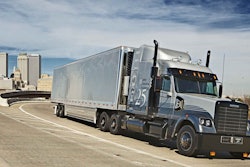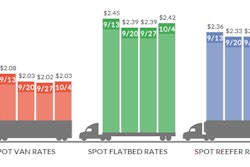Graphics: DAT SOLUTIONS
At the Pentagon they call it “asymmetric warfare,” but around the halls of CCJ it’s just called “trucking”: That is, a situation where combatants’ or competitors’ relative size and strength differ significantly.
For instance, the 50 largest trucking companies account for 40 percent of revenue, according to an industry overview by Dun and Bradstreet. And FMCSA estimates that there are some 500,000 active interstate motor carriers. So the big truckers are really, really big compared to everyone else.
A big carrier has some clear advantages of scale (if assets are managed properly), while smaller truckers typically profit from specialization, either in service offerings or geography.
But unless you’re one of those carriers whose revenue runs to 10 figures – in other math, those in the remaining 99.999 percent of the industry – chances are good that many, if not most, of your customers make a lot more money than you do. Several levels of magnitude more.
And, as many trucking companies know all too well, that means the relationship is a lot more important to the carrier than it is to the shipper.
That’s asymmetry, and that’s the nature of the business. It may seem ugly, or at least unfair at times. No trucking company executive or owner-op with any pride in his or her operations likes to be commoditized.









